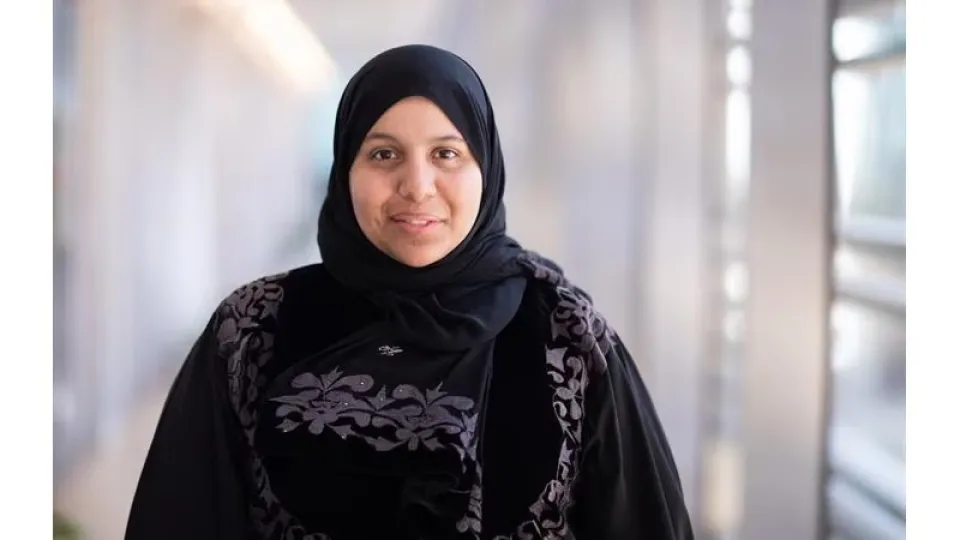Algorithm turns cancer gene discovery on its head
A method for finding genes that spur tumor growth takes advantage of machine learning algorithms to sift through reams of molecular data collected from studies of cancer cell lines, mouse models and human patients.
About
A method for finding genes that spur tumor growth takes advantage of machine learning algorithms to sift through reams of molecular data collected from studies of cancer cell lines, mouse models and human patients.
By teaching the artificial intelligence system to link certain DNA mutations to altered functionality, a team led by Robert Hoehndorf from KAUST’s Computational Bioscience Research Center showed that they could identify genes with a known causative role in cancer and pick out dozens of putative new ones for 20 different tumor types.
The prediction method—described in Scientific Reports and freely available online—could help clinicians tailor medicines to the molecular subtypes of patients. It could also be used by drug companies in the hunt for new therapeutic targets.
“Our method can be used as a framework to predict and validate cancer-driver genes in any database or real population sample,” says Sara Althubaiti, a Ph.D. student in Hoehndorf’s lab and the first author of the study.
Traditionally, scientists have approached the search for genes with a causal role in cancer by starting with DNA sequence data. By extensively cataloging tumor mutations shared among patients with a common type of cancer, the research community has documented hundreds of genes with a causal impact on tumor development. Experimental follow up is then used to functionally associate these genes with the hallmarks of cancer.
“Our method turns this approach on its head,” Althubaiti explains. “Essentially, our approach is knowledge-driven and we use tumor sequencing data as validation. This is unlike most approaches, which are data-driven combined with interpretation of the findings with respect to established knowledge.”
Read the full article

